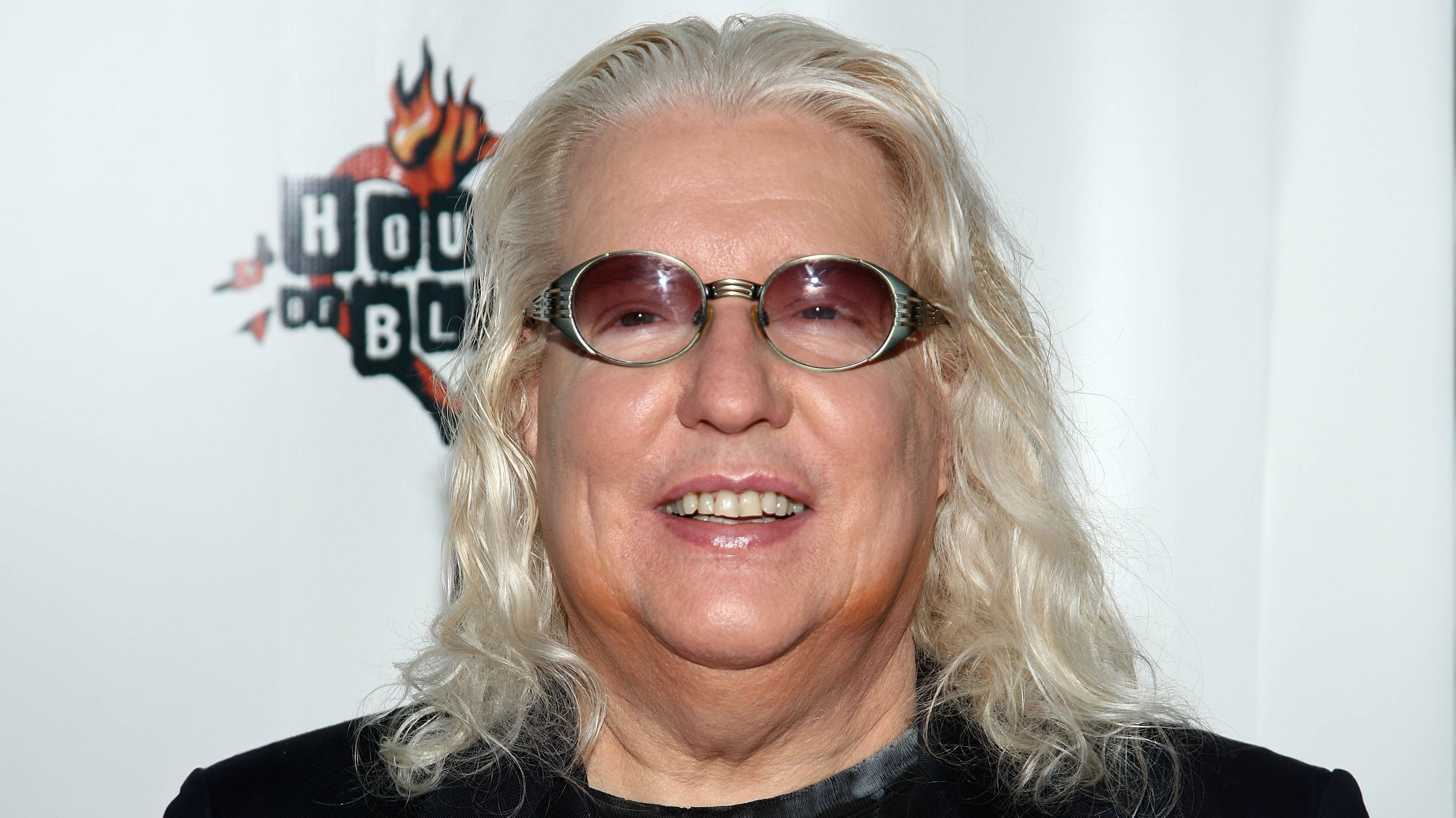Is this the cheapest MIDI home music studio you could buy in 1988?
An Atari ST connected to a Yamaha PortaSound Music Station keyboard made for a surprisingly powerful combination
Thanks to its built-in MIDI ports, the Atari ST was the mid-to-late ‘80s computer that every digital musician wanted to own, and it was still in use in pro studios for many years after that. If you were a bedroom musician, though, there was a problem: at that time, MIDI-equipped synths, drum machines and samplers were obscenely expensive.
If you wanted to make use of those MIDI ports, then - and go beyond making music with the ST’s fairly limited built-in sound chip - your options were limited. What you really needed was an affordable multitimbral synth with its own drum sounds - everything you needed to make a complete track.
In the video above, YouTuber cTrix puts himself in the shoes of a budget-conscious ‘80s musician and sets out to create the cheapest MIDI music studio of 1988. He explains that those who couldn’t stretch to a Korg M1 - most of us, then - were drawn to Yamaha’s PortaSound PSS-580 Music Station, a £200 high-street keyboard that, if you looked beyond its auto-accompaniments and single-finger chord button, featured a programmable and multitimbral FM synth.
Coupled with a copy of Dr T’s MIDI Recording Studio - one of the more basic software sequencers of the time - cTrix uses this to create a surprisingly complex and polished track, and all with a setup that cost just a few hundred pounds to put together.
He goes on to discuss some of the other (relatively) affordable options available to those who were willing to spend a little more on their rig: the likes of Roland’s MT-32 sound module, the Kawai K1 synth and the Yamaha EMT-10.
All of which takes us back to our days in the school music room as we tried to coral something listenable out of an Atari ST hooked up to a Roland D-10. Happy times.
Get the MusicRadar Newsletter
Want all the hottest music and gear news, reviews, deals, features and more, direct to your inbox? Sign up here.



I’m the Deputy Editor of MusicRadar, having worked on the site since its launch in 2007. I previously spent eight years working on our sister magazine, Computer Music. I’ve been playing the piano, gigging in bands and failing to finish tracks at home for more than 30 years, 24 of which I’ve also spent writing about music and the ever-changing technology used to make it.









